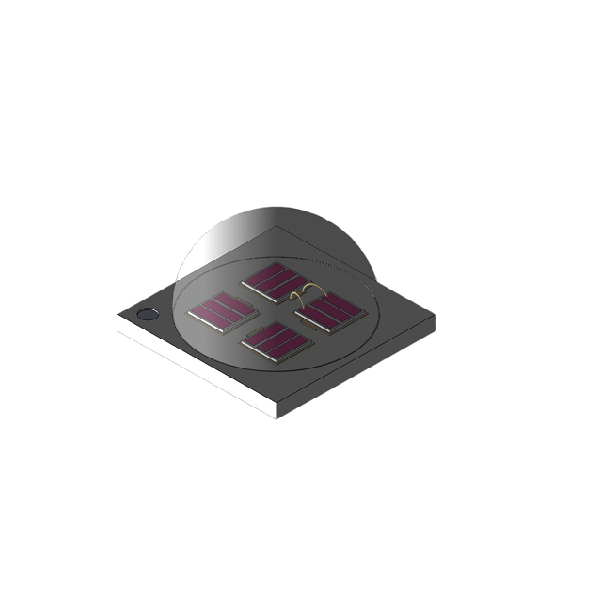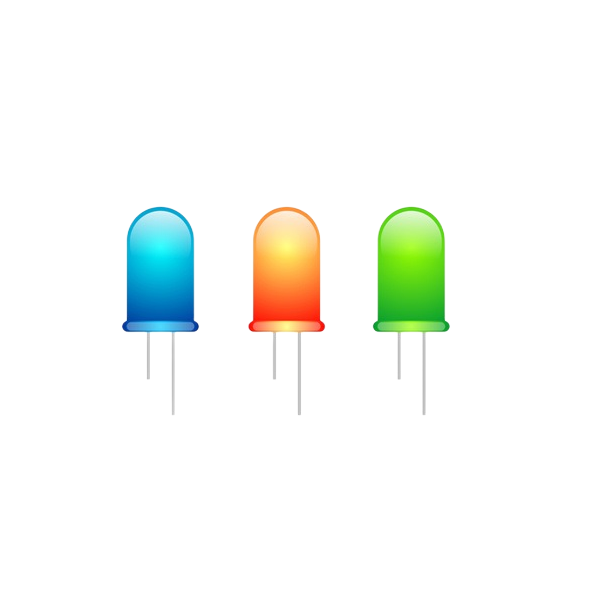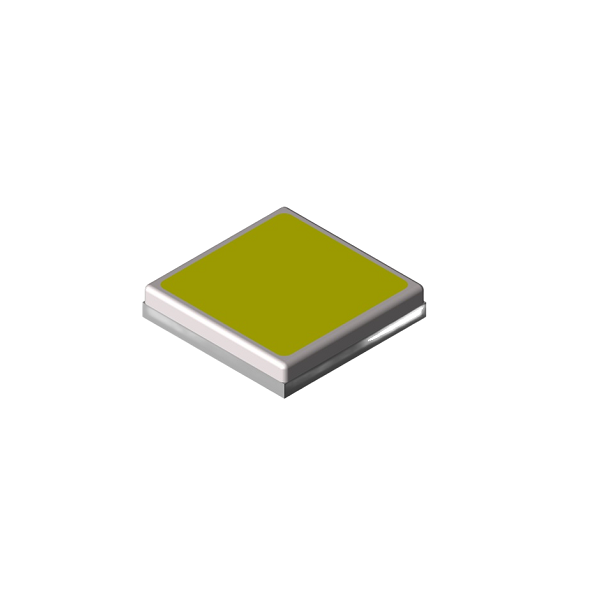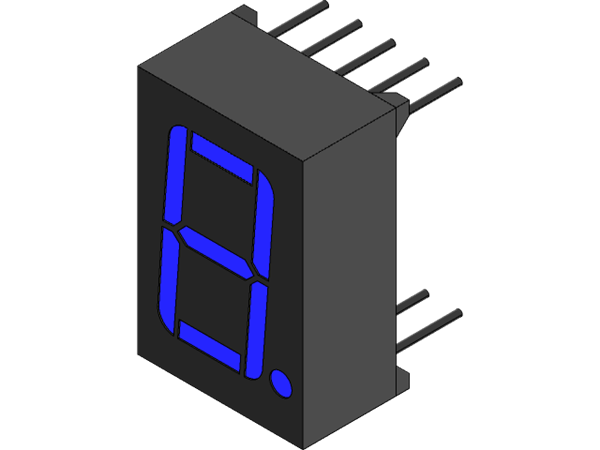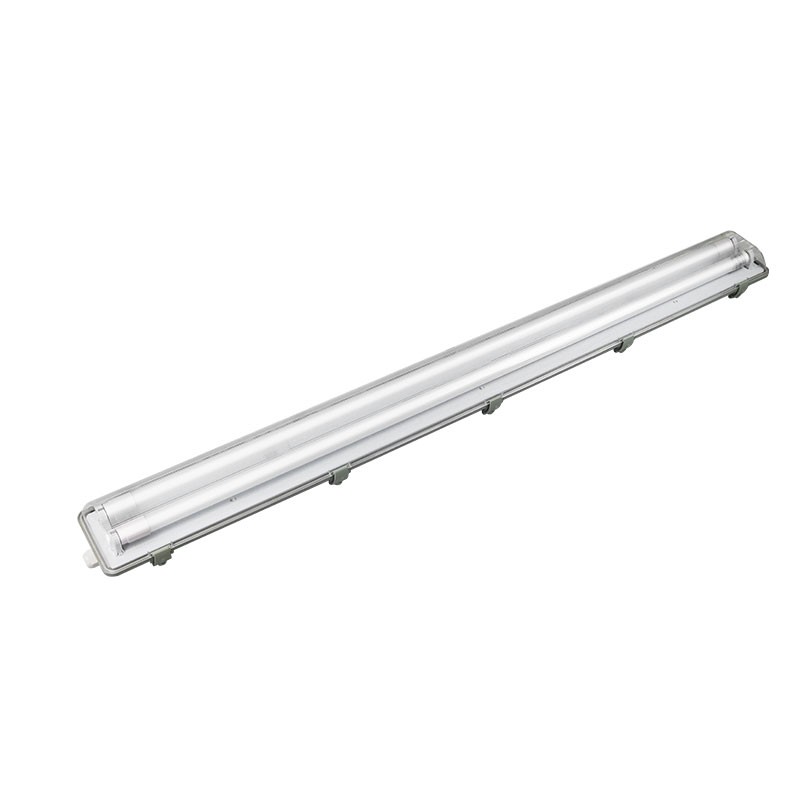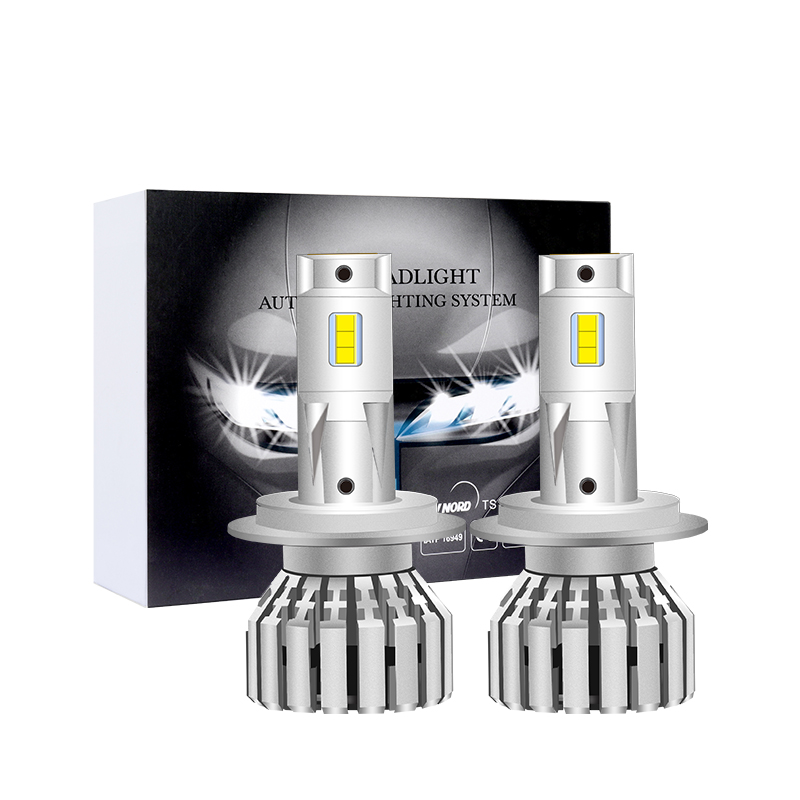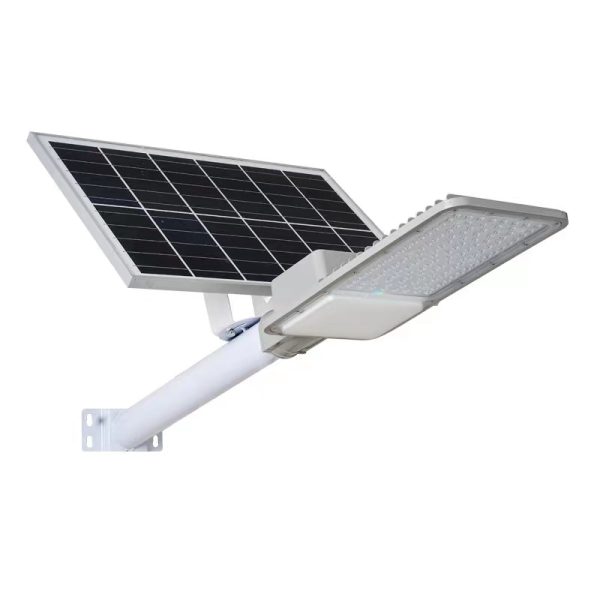Overview of infrared LEDs
Concept
Infrared LEDs (infrared light emitting diodes) are near-infrared light-emitting devices that convert electrical energy into light energy. The infrared light it emits is invisible to the human eye, but can be detected by specific receivers (such as infrared photodiodes).
Electrical properties
The electrical parameters of infrared LEDs mainly include forward voltage (VF), forward current (IF), reverse leakage current (IR), etc. These parameters determine the operating voltage, operating current and reverse leakage of infrared LEDs. Specifically:
Forward voltage (VF): The forward voltage of infrared LEDs is usually between 1.3~2.5V, and different models and brands of infrared LEDs may be different.
Forward current (IF): The forward current determines the luminous intensity of infrared LEDs. Within the normal working range, increasing the forward current can increase the luminous intensity, but excessive current may cause damage to infrared LEDs.
Reverse leakage current (IR): Reverse leakage current refers to the small current flowing through infrared LEDs under the action of reverse voltage. The smaller this parameter is, the better the reverse leakage performance of infrared LEDs is.
Features
Infrared LEDs have a range of unique features, including:
Small size: Infrared LEDs are usually small in size, which is easy to integrate and install.
Low power consumption: Infrared LEDs consume less power when working, which helps to extend the life of the equipment.
Good directionality: The light emitted by infrared LEDs has a certain directionality, which allows them to transmit signals more accurately in some applications.
Infrared light is invisible: The infrared light emitted by infrared LEDs is invisible to the human eye, avoiding light pollution and interference.
Classification
Infrared LEDs can be classified according to different standards, such as wavelength, power, packaging method, etc. Here are some common classification methods:
Classification by wavelength: The wavelength of infrared LEDs is usually between 700nm and 1100nm, and infrared LEDs of different wavelengths are used in different occasions. For example, 850nm infrared LEDs are often used in fields such as remote controls and infrared communications; while 940nm infrared LEDs are more suitable for security monitoring and night vision equipment, etc.
Classification by power: The power of infrared LEDs can range from a few milliwatts to hundreds of milliwatts. Low-power infrared LEDs are usually used in low-power devices such as remote controls; while high-power infrared LEDs are more suitable for occasions that require high-brightness output, such as security monitoring and lighting.
Classification by packaging method: Infrared LEDs can be packaged in direct-insert and surface-mount types. Direct-insert infrared LEDs are suitable for traditional PCB board installation; while surface-mount infrared LEDs are more convenient for automated production and integration.
Application
Infrared LEDs are widely used in many fields, including but not limited to:
Remote control: Infrared LEDs are one of the core components in remote controls, and remote control of equipment such as televisions and air conditioners is achieved by emitting infrared light signals.
Security monitoring: Infrared LEDs are often used in security monitoring equipment, such as infrared cameras and infrared sensors. They can provide clear monitoring images under low light conditions and improve the effect of night monitoring.
Infrared communication: Infrared LEDs are also used in infrared communication fields, such as infrared data transmission and infrared remote control. Wireless data transmission and communication are achieved by emitting and receiving infrared light signals.
Biomedical applications: Infrared LEDs are widely used in the medical field, such as pulse rate detection, blood oximeters, etc. Infrared light can penetrate the skin, which is of great significance for some non-contact medical tests.
Other applications: In addition, infrared LEDs are also widely used in the automotive field (such as infrared cameras and infrared sensors), smart homes (such as infrared human body sensors and infrared remote controls), and industrial automation (such as infrared sensors and infrared indicators).
In summary, infrared LEDs have unique properties and a wide range of applications, playing an increasingly important role in modern society.


